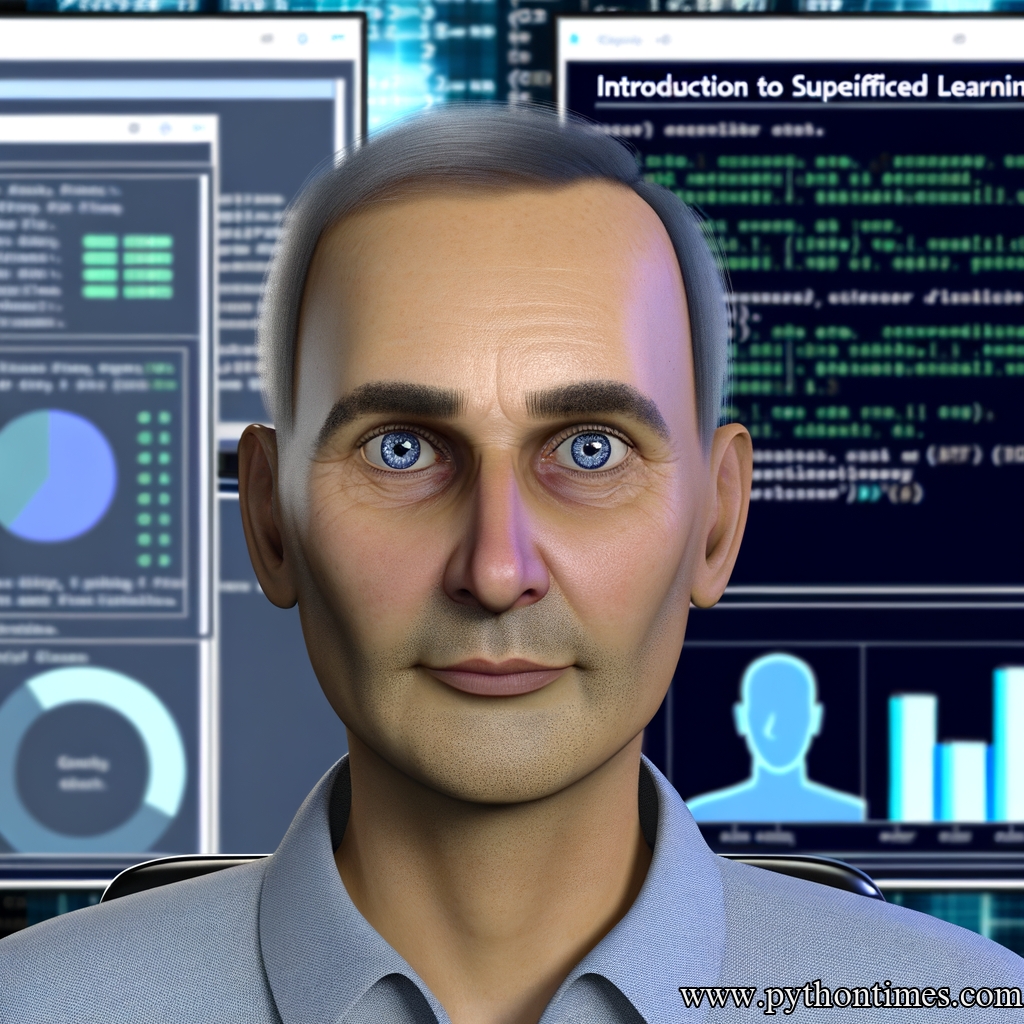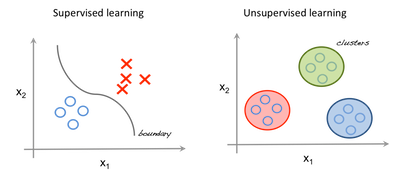Introduction to Supervised Learning using Python
As a programmer or a data scientist, the topic of machine learning is ubiquitous. It’s an area that’s seeing rampant growth and wide applications across diverse industries, from healthcare to finance, and many more.

Among the different types of machine learning, supervised learning is the most common. While it may seem complex at first glance, a deep dive into its inner workings will reveal its interesting and straightforward nature. In this tutorial, we’ll unravel the basics of supervised learning and illustrate it with examples using Python, which is a popular programming language due to its simplicity and vast array of powerful libraries specifically designed for machine learning.
Please note that while this article is written to accommodate beginners, seasoned Python enthusiasts will equally find it useful.
Contents
- Understanding Supervised Learning
- Components of Supervised Learning
- Supervised Learning Algorithms
- Supervised Learning with Python
- Conclusion
Understanding Supervised Learning
Supervised learning is a subtype of machine learning where a model is trained to predict labels or outcomes based on input data. It is ‘supervised’ because the model learns from labelled training data – that is, data paired with the correct output. This process continues until the model achieves an acceptable level of accuracy, when it can make predictions for new, unseen data.
The most crucial aspect of supervised learning is its reliance on labelled data. The better the data, the more accurate the predictions.

The crux of supervised learning lies in the prediction of an output value based on input data. There are primarily two types of tasks in supervised learning:
-
Regression: The task of predicting a continuous quantity. For example, predicting the temperature for the next week given historical temperature data.
-
Classification: The task of predicting a discrete class label or category. For example, predicting whether an email is spam or not.
Components of Supervised Learning
A supervised learning problem contains several core elements:
- Dataset: A collection of examples. Each example includes features which are aspects or attributes that can be measured or described, and a label which is the outcome to be predicted.
- Model: This is a mathematical representation (algorithm) of a real-world process. Using the input data, the model learns patterns and makes predictions.
- Target Variable: Also known as label or output. This is the value that we aim to predict based on the input features.
- Training: The process of adjusting a model’s weights based on the patterns recognized in the data.
- Evaluation: Measuring how well a model generalizes to unseen data.
Supervised learning can be visualized as follows:

Supervised Learning Algorithms
There are various algorithms for performing supervised learning tasks. Some of the popular ones are:
-
Linear Regression: Used for regression problems, this algorithm models the relationship between two variables by fitting a linear equation to observed data.
-
Logistic Regression: Despite its name, it’s used for binary classification problems. It models the probability of the default class (e.g., the probability that an email is spam).
-
Decision Trees: This algorithm breaks down a dataset into smaller subsets through a series of decisions, made at the junctions of branches in the tree-like structure.
-
Naive Bayes: Named after Thomas Bayes, this algorithm applies the principles of probability to predict the class of unknown data sets.
-
K-Nearest Neighbors (KNN): It assumes similarity between the new case/data and available cases and classifies the new case into the category that is most similar to the available categories.
Let’s discuss how to implement supervised learning with Python.
Supervised Learning with Python
Python is a widely-used programming language in machine learning, due to its simplicity and vast array of powerful libraries specifically designed for machine learning.
In this section, we’ll use Scikit-learn, a user-friendly library for implementing machine learning algorithms in Python. With Scikit-learn, model implementation becomes a lot easier, efficient, and powerful.
For this example, we’ll work with ‘Iris’ dataset. The problem is to predict the class of the Iris flower based on four attributes: sepal length, sepal width, petal length, and petal width.
# Importing necessary libraries
from sklearn import datasets
from sklearn.model_selection import train_test_split
from sklearn.ensemble import RandomForestClassifier
from sklearn.metrics import accuracy_score
# Load dataset
iris = datasets.load_iris()
# Split the data into features and labels
X = iris.data
y = iris.target
# Split the data into training and testing sets
X_train, X_test, y_train, y_test = train_test_split(X, y, test_size=0.2, random_state=42)
# Create a random forest Classifier
clf = RandomForestClassifier(n_estimators=100)
# Train the Classifier
clf.fit(X_train, y_train)
# Predict the response for test dataset
y_pred = clf.predict(X_test)
# Model Accuracy
print("Accuracy:", accuracy_score(y_test, y_pred))
By implementing the above Python script, we can successfully carry out supervised learning on the ‘Iris’ dataset using the RandomForestClassifier. Our model should output an accuracy metric, shedding light on the accuracy of our model’s predictions against the real results.
Conclusion
Only a comprehensive understanding of supervised learning can bring to light its power and potential influence in solving complex real-world problems.
Indeed, Python, with its vast array of rich libraries, provides a fantastic platform to delve into supervised learning for anyone fascinated with machine learning. Whether you’re new to supervised learning or a seasoned professional, we hope this guide has been beneficial.
While this tutorial covers the basics, it’s important to stay updated with new advancements, as the field continually evolves. Practice with different datasets and explore different supervised learning algorithms to find which works best for your tasks.
Happy coding!
“Never stop learning, because life never stops teaching.” – Unknown